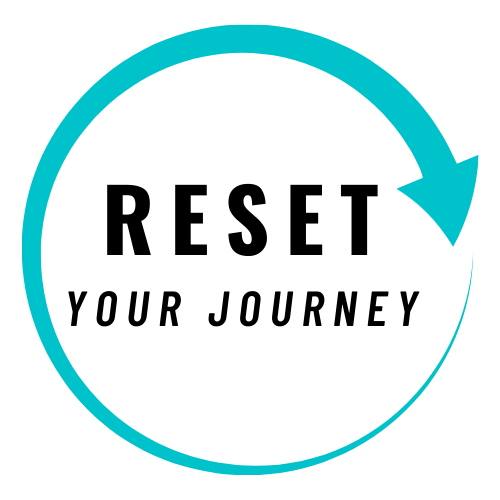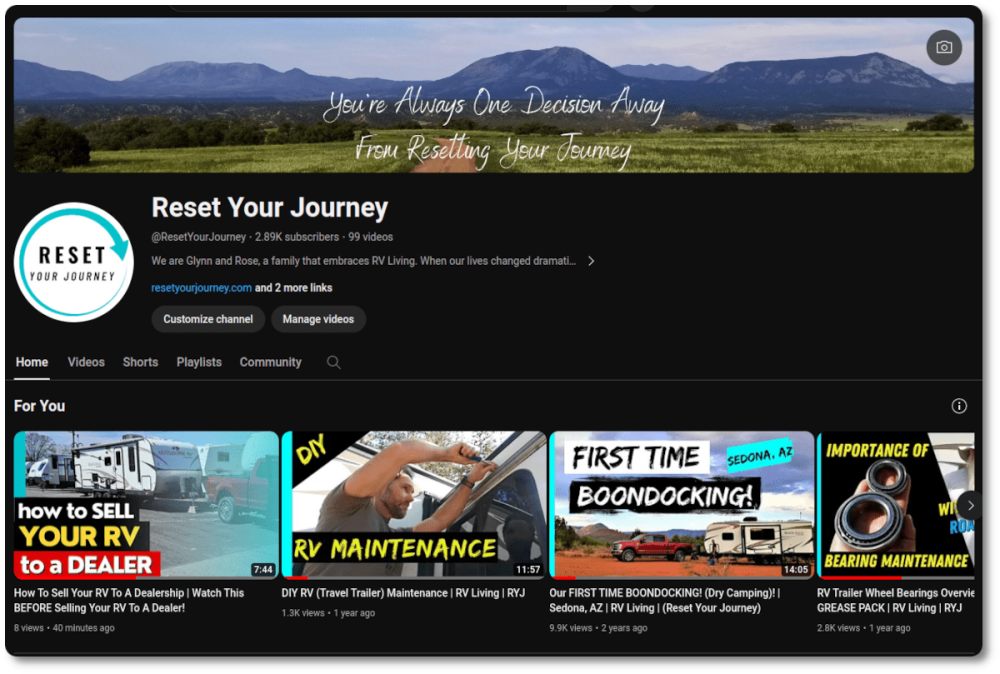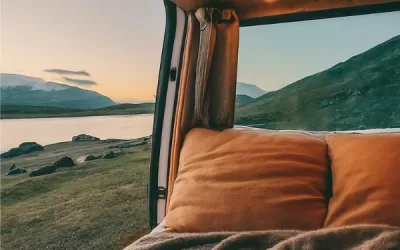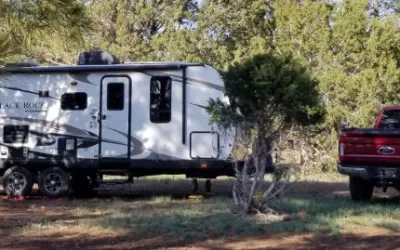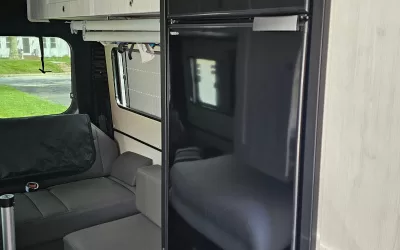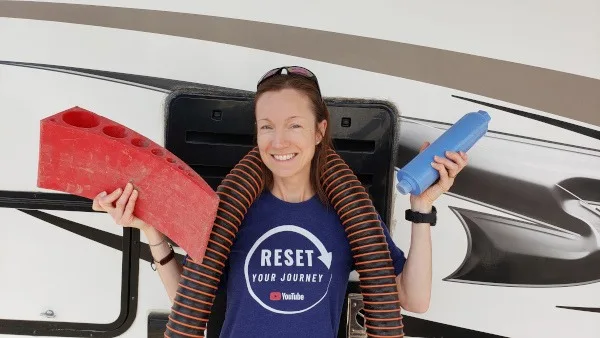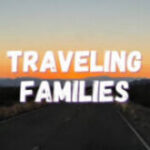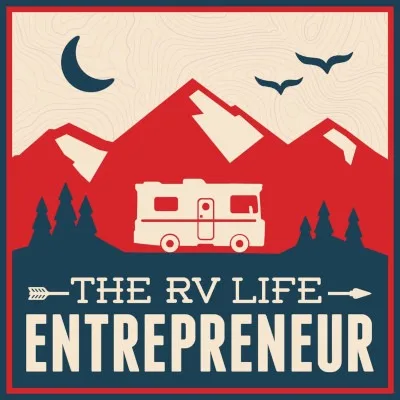You're always one decision away from
Resetting Your JourneyRead Our Most Recent Posts
Best Full-Time Camper Vans For Living In | Guide
Best Full-Time Camper Vans For Living In | Guide...
What Are The Best Type Of RVs For Boondocking (Dry Camping)
Your Blog Post with Divi-Style Box What Are The...
Choosing The Best Fridge For Campervan Life | Considerations
Your Blog Post with Divi-Style Box What Are The...

New to the RV life?
Not sure what you need (and don’t need)?
There’s a lot of “stuff” on the market that you really don’t need in an RV. But there’s also some essential gear.
Here’s a list of some of that gear you’ll need living or vacationing in an RV or travel trailer. As well as some of the things that are nice to have along the journey. But none of the stuff you don’t need!
We use affiliate links for the gear we suggest, but if it’s not useful or well made, it never made the cut.
Want To Save Money Camping? Try Boondocking!
Download a free guide on how to get started boondocking. This one’s on us. No email required. Want to say thank you? Subscribe to our YouTube channel or donate to our KoFi Site.
